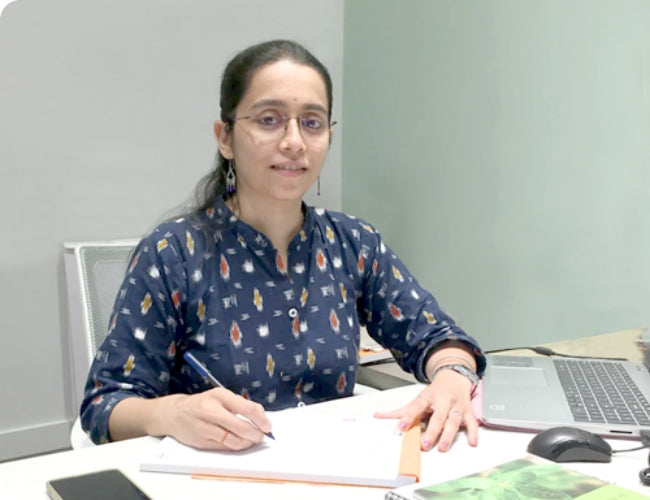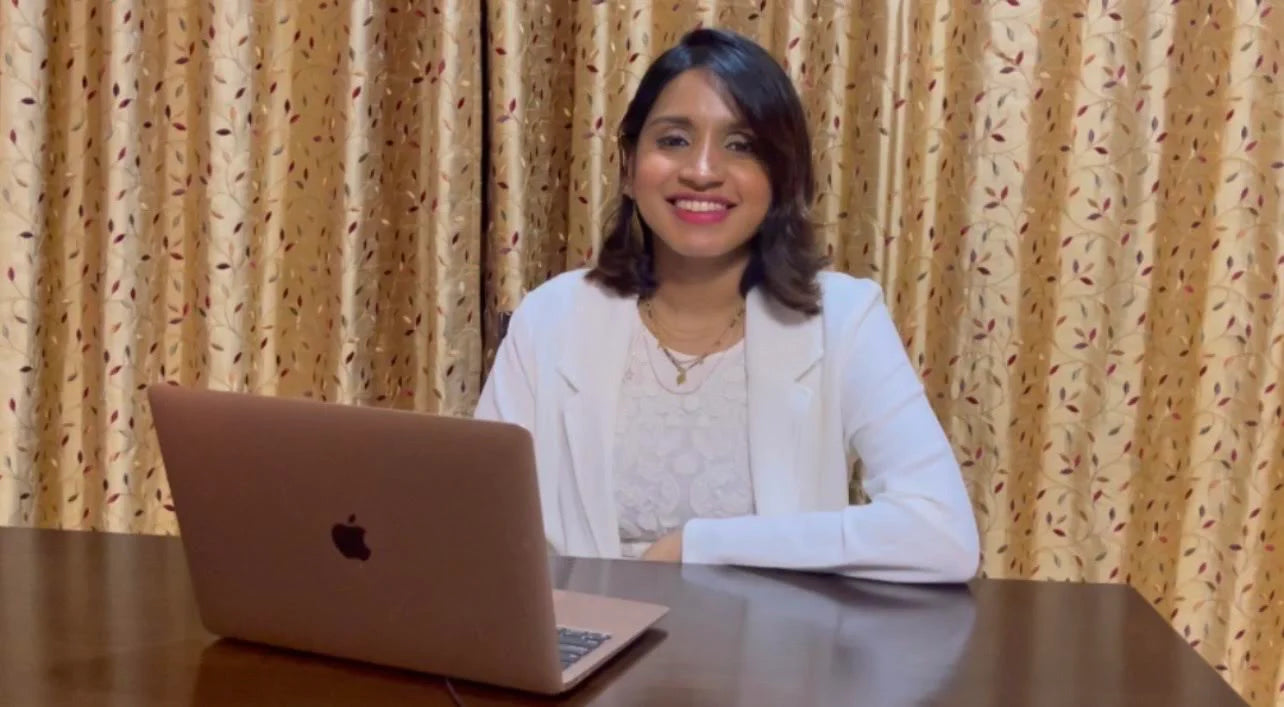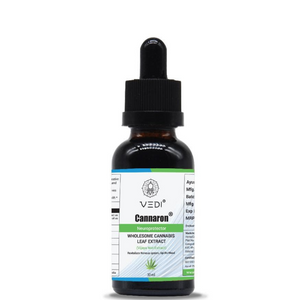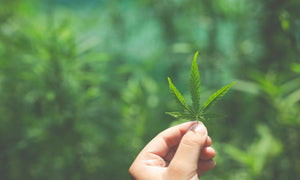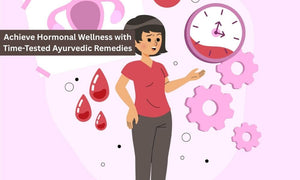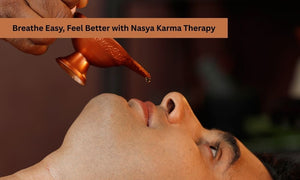Infant Skin-care Routine – The Ayurveda Way
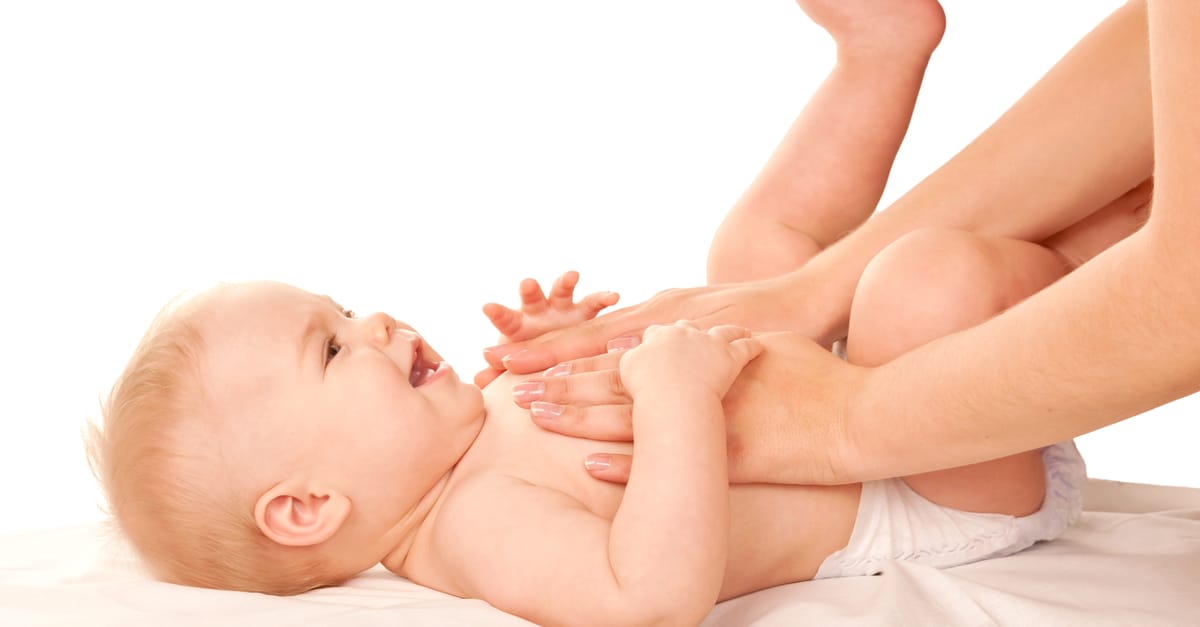
An infant skin is so delicate and fragile that you are always worried if you are doing the right thing!
Every new mother goes through one common dilemma. To follow the traditional way of child care or new age techniques that are all doing the rounds on internet. Prefer our traditional system of child care, that is based on tenets of Ayurveda and has been practiced and proven since ages. It focuses on the overall well-being of the child and strengthens the child as he/she prepares for the world outside.
This blog details a few Ayurvedic ways for the care of your infant. We will especially focus on three major techniques for infant skin care- aate ki loi, abhyanga and snana with ubtan.
Baby Skin Care Tips
People can use several newborn baby skin care tips to help protect a newborn’s skin. The following methods may help to prevent or treat dry, cracked, or peeling skin in an infant:
1.Reducing Exposure to Cold Air
Cold air tends to lack moisture, which can dry the skin. This dryness may then lead to skin cracking and peeling. Minimizing a baby’s contact with cold air can aid in preventing dryness.
2.Using a Humidifier
When there's moisture in the air, it stops your skin from feeling dry and itchy. A humidifier adds more moisture to the air in the room.
3.Limiting the Amount of Time in the Bathtub
Prolonged exposure to bathwater can wash away essential oils, making the baby's skin prone to peeling. Parents or caregivers should restrict bath duration to no more than 10 minutes and avoid using harsh soaps.
4.Using Lukewarm Water to Clean the Baby
Lukewarm water is recommended for cleansing a baby's delicate skin. Excessively hot water may lead to skin dehydration. Following a lukewarm bath, it is also beneficial to apply moisturizer.
5.Trying an Oatmeal Bath
Studies indicate that colloidal oatmeal helps decrease inflammation and itching, potentially reducing the likelihood of babies scratching irritated or peeling skin.
6.Moisturizing the Skin
Parents and caregivers can purchase moisturizers specially designed for the delicate skin of babies. It's advisable to select a hypoallergenic moisturizer and use it two to three times daily.
7.Keeping the Baby Hydrated
Another method for preventing peeling skin in newborns involves maintaining their hydration levels. Ensuring that newborns remain hydrated is crucial, and providing either breast milk or formula should be sufficient for babies up to 6 months old.
8.Avoiding Unnecessary Chemicals
The skin of a newborn is highly sensitive, and exposure to chemicals like perfumes or fragranced soaps can lead to irritation.
9.Choosing Appropriate Clothing
Caregivers should choose detergents without unnecessary fragrances when laundering the baby's clothing. It is also advisable for parents to select baby clothes crafted from natural materials, which are soft and loosely fitted.
10.Keeping the Baby Comfortable
Another aspect of treating the newborn's flaking skin includes prioritizing the baby’s comfort. This might involve soothing the baby and assisting them in finding positions that reduce pressure on the peeling skin.
What is “aate ki loi”? Or how to make atta loi for babies?
This is used for a child in the first month after birth. Wheat flour and turmeric are mixed to form a soft dough. This dough is dipped in oil (Sesame/mustard) and rolled all over the child’s body.
Why is loi used?
An infant younger than a month is very delicate, abhyanga may be a little hard on their tender body. Hence, the loi, which is softer than human hands, is used on the baby. The loi also helps remove excess hair (if any) from the infant’s skin. And it's pain-free for the infant.
What is Abhyanga?
Abhyanga is the Sanskrit word for an oil massage. But, technically it differs from a simple massage because there is a particular motion of hands that has to be followed for different body parts.
When can we start abhyanga for an infant?
Abhyanga for an infant can start when he/she is a month old.
Which oil is best for abhyanga?
The oil used for massage varies among regions in India. While the Southern States use Sesame Oil, the northern states prefer Mustard oil. This is because of the climatic conditions. Sesame oil has cooling effects, better for the warm southern climate, whereas mustard oil keeps the baby warm. This suits the colder northern states.
Any specific areas that an abhyanga should concentrate on?
Traditionally, the baby is made to sleep on the legs of the person giving him/her the abhyanga. In the first few months, the abhyanga concentrates on the neck, waist, hands, legs, feet, spine, and back. This is because these areas need to be strengthened. Once the baby can hold his/her head, the neck is given less attention. But hands, legs, feet, and spine are always given importance.
Is there a specific way to perform abhyanga?
The person giving abhyanga uses different hand movements for different areas of the body. For example, they always use circular motions in the abdomen and buttock areas. Meanwhile, they use long strokes for other parts of the body.
What are the benefits of abhyanga?
There are many benefits of abhyanga, as listed below:
- Nourishes the skin and keeps it hydrated
- Improves the circulation of blood
- Aids digestion and bowel movements
- Helps the baby sleep soundly
What comes after abhyanga?
After abhyanga is snana or bath in warm/hot water. Note that the water’s temperature should be only as much as your child can bear. It is a common practice in some parts of India to pour very hot water on the child. But this can be harmful to the child and scald his/her delicate skin.
What can be used on the infant during Snana?
Ubtan. Ubtan is the safest for your infant’s skin.
Why Ubtan, and why not baby-safe cosmetics?
There are no stringent checks in India on the safety parameters and use of chemicals in cosmetics. Hence, we are not assured that baby cosmetics are free of parabens or other harmful chemicals.
How to make Ubtan?
The base of ubtan is either gram flour (besan) or green gram flour (whole moong flour). Another essential ingredient is turmeric. Mix in water and use it to wash both the baby’s body and hair. You can make the flour at home and use organic turmeric from a trusted source.
It is optional to add milk/cream to ubtan. Both ingredients act as moisturizing agents. So, you can add it if you feel your infant’s skin is dry.
What more can I use for my infant’s skin?
Up to 18 months of age abhyanga and snana with ubtan are just what your infant’s skin needs. As they age, you can slowly shift to cold-pressed Castile soaps made using natural ingredients. We recommend the unscented Castile soap from VEDI. This gentle and mild soap is a nourishing blend of organic coconut, olive oil, castor oil, and wild-crafted hempseed oil. It is unscented, vegan and chemical-free making it perfect for your baby’s skin.
So, follow these rituals for your infant and rest assured of healthy skin with improved digestion, sleep, immunity, and bones.
Baby Skin Care Routine
People have been using natural ingredients for a long time to help with dry and rough skin in babies. Nowadays, science has also discovered that these natural ingredients effectively treat baby skin issues. Here are some steps that can help you with newborn’s skin care routine:
1.Moisturize Your Baby Immediately After a Bath
Your baby's skin is delicate and still developing its ability to make oils. So, it's normal for their skin to sometimes feel dry or rough. After your baby's bath, when their skin is still wet and can soak up moisture well, use natural oils or special baby lotions that are gentle on their skin. This helps keep their skin soft and protected, preventing it from getting too dry or chapped.
2.Apply Coconut Oil
Is coconut oil good for baby skin? Coconut oil is known for its healing power. It helps repair and protect the skin, fights off germs, and is safe for babies. Using coconut oil can help moisturize your baby's dry skin. You can even give your baby a gentle massage with it every day.
3.Use Aloe Vera Gel
Using aloe vera on your baby's skin can be gentle and calming. You can put the aloe gel on dry spots on your baby's skin or include it in their daily skin care routine. Avoid putting it near their eyes, nose, mouth, or private parts.
Ensure you use organic aloe vera gel that doesn't have chemicals or perfumes.
4.Choose Shea Butter
Shea butter is a lightweight and not oily substance that can easily go deep into the skin to keep it moisturized. It's full of Vitamins A, E, and F, making it a great choice for helping with dry and rough skin in babies.
Shea butter helps reduce inflammation and is safe for all skin types.
Use pure, natural shea butter on your baby's dry skin, and ensure it warms up. Avoid using it near your baby's eyes, mouth, or private areas!
5.Give Your Baby an Oil Massage Every Day
By gently massaging your baby with natural oils like coconut oil or shea butter, you moisturize their skin, make it stronger, and protect it better. This massage can also help your baby's muscles grow well.
Conclusion
It's common for newborn babies to have peeling skin, which typically isn't something to worry about. Home remedies often work well for treatment, and medical help is rarely needed.
If a baby's skin seems cracked, itchy, or swollen, it is advisable to visit a doctor. Otherwise, the mentioned methods will help protect the skin and prevent the peeling from happening again.
Frequently Asked Questions
Q: How can I maintain my baby's face naturally?
A: You can maintain your baby's face naturally by gently cleansing it with mild soap and water, moisturizing it with natural oils like coconut oil, and protecting it from the sun with a hat or shade when outdoors.
Q: How can I make my baby skin glow naturally?
A: To naturally enhance your baby's skin glow, ensure they stay hydrated, maintain a balanced diet rich in fruits and vegetables, and use gentle, moisturizing products suitable for their sensitive skin.

